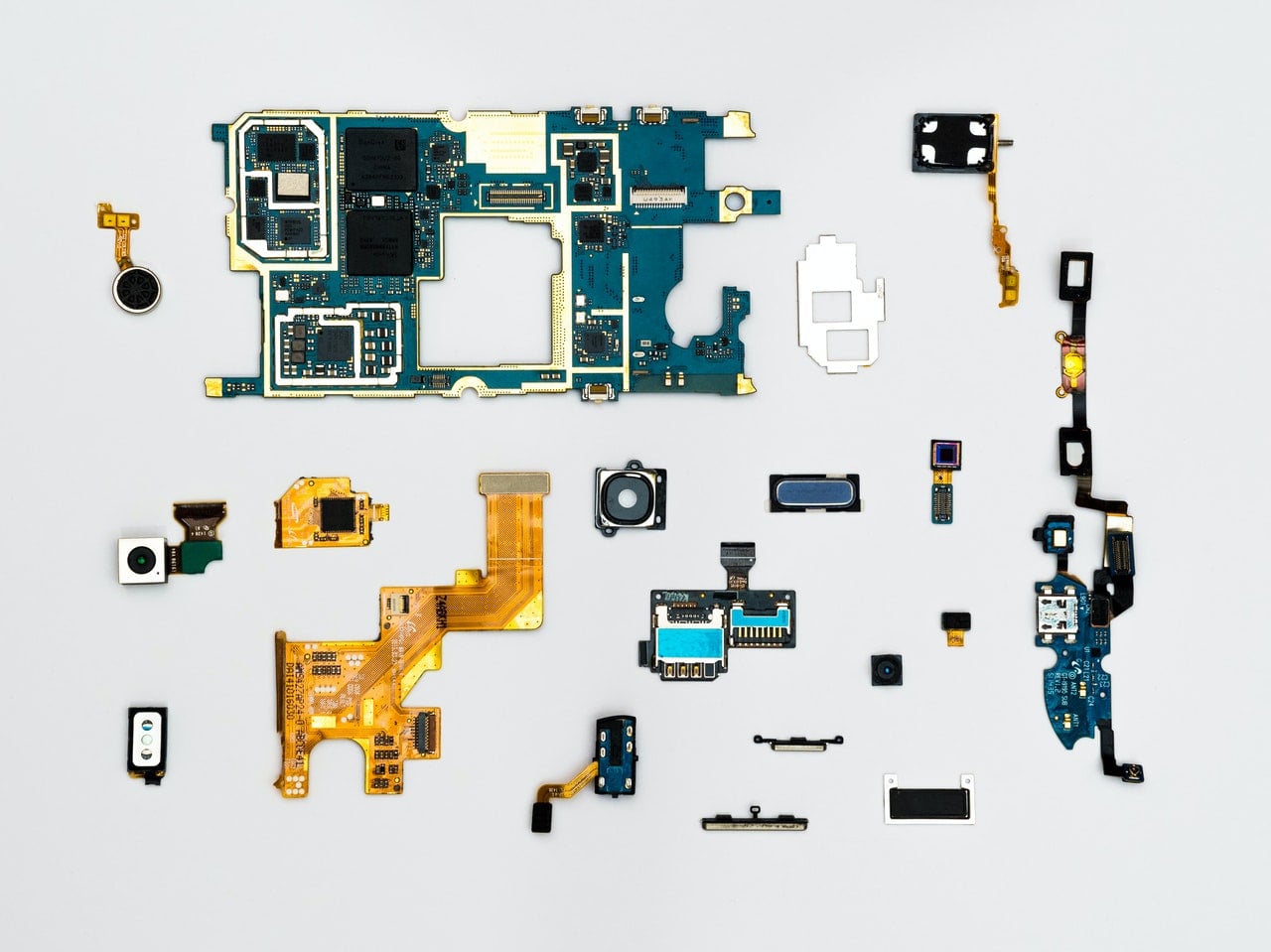Heat exchangers are critical components in various industrial processes, facilitating the transfer of thermal energy between two or more fluids. While they are essential for enhancing energy efficiency and optimizing thermal management, heat exchangers also pose several hazards that can lead to operational inefficiencies, safety risks, and environmental concerns. This article delves into the multifaceted hazards associated with heat exchangers, exploring their causes, potential consequences, and preventive measures.
- Corrosion and Material Degradation
One of the primary hazards associated with heat exchangers is corrosion, which can significantly compromise their structural integrity. Corrosion occurs due to the interaction between the heat exchanger materials and the fluids they handle, often exacerbated by factors such as temperature, pressure, and fluid composition.
Types of Corrosion:
- Uniform Corrosion: This type affects the entire surface area uniformly, leading to gradual thinning of the material.
- Localized Corrosion: Pitting and crevice corrosion can occur in specific areas, resulting in unexpected failures.
- Galvanic Corrosion: When two dissimilar metals are in contact in the presence of an electrolyte, one metal may corrode faster than the other.
Preventive Measures:
- Regular inspection and maintenance schedules to identify early signs of corrosion.
- Utilizing corrosion-resistant materials or coatings.
- Implementing proper fluid treatment to minimize corrosive agents.
- Fouling and Reduced Efficiency
Fouling is another significant hazard that affects heat exchangers, leading to reduced thermal efficiency and increased operational costs. Fouling occurs when unwanted materials accumulate on the heat transfer surfaces, impeding heat transfer and increasing energy consumption.
Common Causes of Fouling:
- Biological fouling from microorganisms.
- Scaling due to mineral deposits.
- Particulate fouling from suspended solids in the fluids.
Consequences of Fouling:
- Increased pressure drop across the heat exchanger.
- Higher energy consumption due to reduced heat transfer efficiency.
- Potential overheating and failure of the heat exchanger.
Preventive Measures:
- Implementing regular cleaning protocols, including chemical cleaning and mechanical scraping.
- Utilizing advanced monitoring systems to detect fouling early.
- Designing heat exchangers with features that minimize fouling potential.
- Thermal Shock and Mechanical Stress
Heat exchangers are subjected to varying temperatures and pressures, which can lead to thermal shock and mechanical stress. Rapid temperature changes can cause differential expansion rates between the heat exchanger components, leading to cracks, leaks, or even catastrophic failures.
Factors Contributing to Thermal Shock:
- Sudden changes in fluid temperature.
- Inadequate thermal insulation.
- Improper startup and shutdown procedures.
Preventive Measures:
- Gradual temperature adjustments during startup and shutdown.
- Employing thermal expansion joints to accommodate movement.
- Regularly monitoring temperature and pressure conditions.
- Leakage and Environmental Hazards
Leakage is a critical hazard associated with heat exchangers, particularly those handling hazardous fluids. A leak can lead to the release of toxic substances into the environment, posing risks to both human health and ecological systems.
Potential Causes of Leakage:
- Material fatigue due to cyclic loading.
- Corrosion or erosion of sealing surfaces.
- Improper installation or maintenance practices.
Consequences of Leakage:
- Environmental contamination and regulatory penalties.
- Safety hazards for personnel working in proximity to the heat exchanger.
- Financial losses due to product loss and cleanup efforts.
Preventive Measures:
- Implementing robust sealing technologies and regular integrity testing.
- Conducting thorough risk assessments during the design phase.
- Training personnel on leak detection and emergency response protocols.
- Operational Hazards and Human Factors
Human factors play a significant role in the safe operation of heat exchangers. Inadequate training, poor communication, and lack of adherence to safety protocols can lead to operational hazards.
Common Human Factor Issues:
- Inadequate training on equipment operation and maintenance.
- Miscommunication during maintenance activities.
- Failure to follow established safety procedures.
Preventive Measures:
- Comprehensive training programs for operators and maintenance personnel.
- Establishing clear communication channels and protocols.
- Regular safety audits and drills to reinforce best practices.
Conclusion
Understanding the hazards associated with heat exchangers is crucial for ensuring safe and efficient industrial operations. By recognizing the potential risks, implementing preventive measures, and fostering a culture of safety, organizations can mitigate the dangers posed by these essential components. Continuous monitoring, regular maintenance, and employee training are vital strategies that can enhance the reliability and longevity of heat exchangers while safeguarding personnel and the environment. As industries evolve and technology advances, staying informed about the hazards of heat exchangers will remain paramount for operational excellence.


